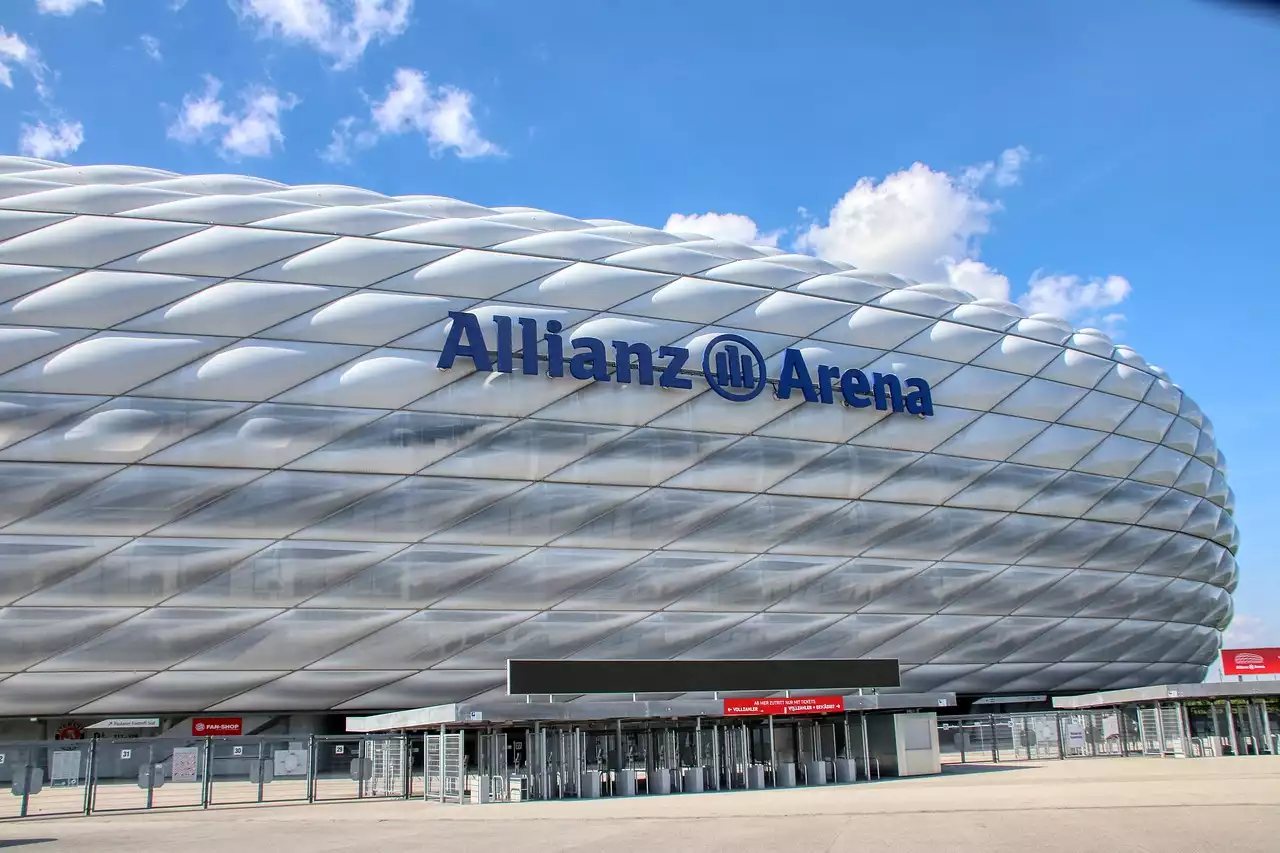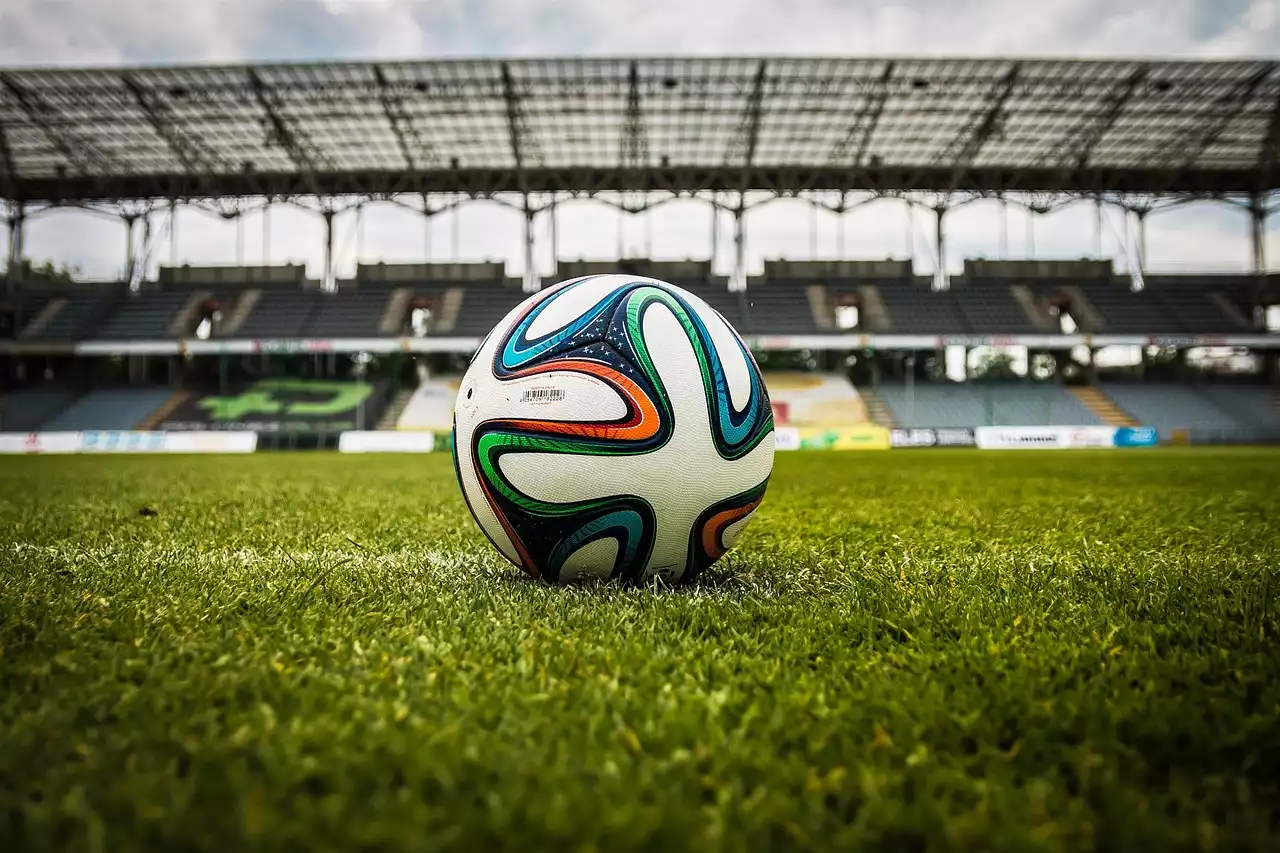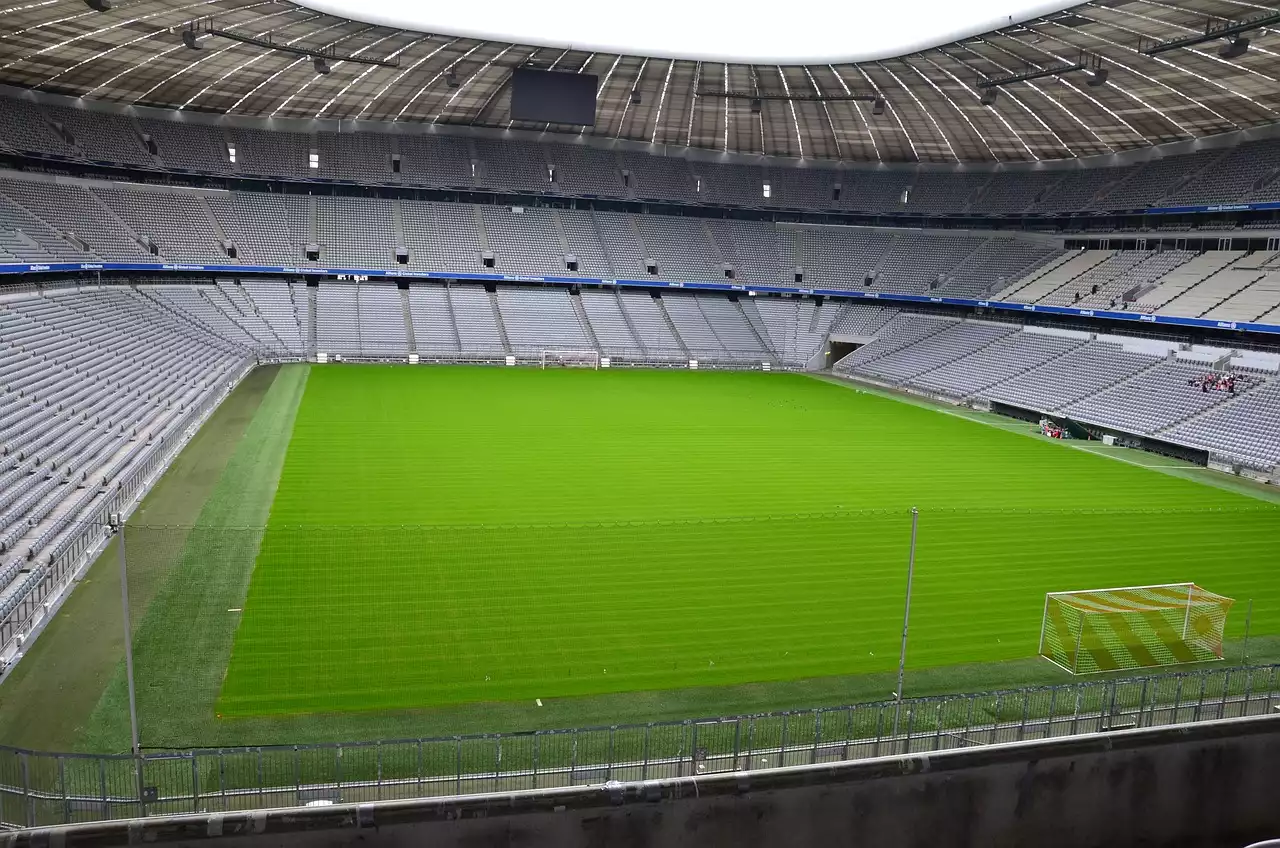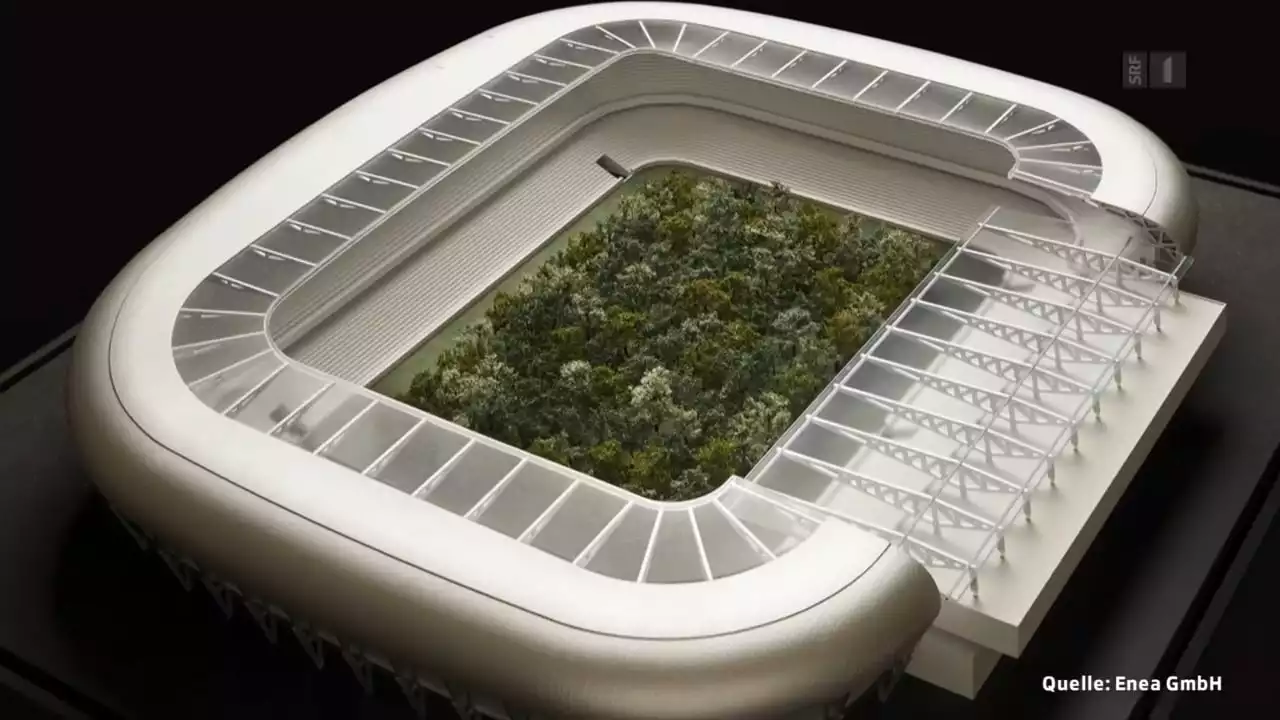The significance of stadium architecture in the Austrian Bundesliga
Stadium architecture plays a significant role in the Austrian Bundesliga, shaping the overall experience for players, fans, and the surrounding community. The design of a stadium goes beyond mere functionality; it showcases the identity and aspirations of the club and the city it represents. These architectural marvels have become symbols of pride for both the clubs and their supporters, creating an atmosphere that ignites passion and excitement. The distinctive stadium architectures in the Austrian Bundesliga not only provide a stage for football but also contribute to the cultural and economic development of the cities they call home. Through their unique designs, these stadiums create a lasting legacy and serve as landmarks that attract visitors from all over the world.
Key features of unique stadium designs in the Austrian Bundesliga
The stadiums in the Austrian Bundesliga boast a wide array of unique designs and features. From state-of-the-art technology to innovative seating arrangements, these stadiums push the boundaries of architectural excellence. One such feature is the retractable roof, which allows games to be played in any weather condition, ensuring uninterrupted excitement for fans. These roofs not only provide protection from the elements but also add a touch of modernity and versatility to the stadiums. Another key feature is the incorporation of natural light through cleverly designed openings and transparent materials. This not only creates a visually stunning spectacle but also enhances the viewing experience for fans, providing an immersive connection to the game. Additionally, the use of cutting-edge materials and sustainable construction practices showcases the commitment of these stadiums to environmental responsibility. These key features combine to create stadiums that are not only functional but also visually striking and technologically advanced.
The history and evolution of stadium architecture in Austrian football
The history of stadium architecture in Austrian football is a fascinating journey that reflects the evolution of the sport itself. The earliest stadiums were modest structures, primarily built for practicality rather than aesthetics. However, as football gained popularity in Austria, the demand for more impressive stadiums grew. This led to the construction of iconic stadiums such as the Ernst-Happel-Stadion, which hosted the UEFA Euro 2008 final and numerous international matches. Over the years, stadium designs have evolved to accommodate larger crowds, incorporate advanced technologies, and provide enhanced amenities. The architecture has adapted to meet the changing needs of both players and fans, resulting in stadiums that are not only visually appealing but also functional and comfortable. The history and evolution of stadium architecture in Austrian football is a testament to the passion and dedication of the clubs and their supporters.
Notable stadiums in the Austrian Bundesliga
The Austrian Bundesliga is home to several notable stadiums that have become synonymous with the clubs they house. The Allianz Stadion, home to SK Rapid Vienna, is a modern masterpiece that combines sleek design with state-of-the-art facilities. Its unique façade, inspired by the club's history and traditions, sets it apart from other stadiums in the league. Another iconic stadium is the Red Bull Arena, home to FC Red Bull Salzburg. With its striking design and impressive seating capacity, it has become one of the most recognizable stadiums in Austria. The Pappelstadion, home to SV Mattersburg, may be smaller in scale but is equally impressive, showcasing the club's commitment to their local community. These stadiums, along with others in the Austrian Bundesliga, create an unforgettable experience for fans and leave a lasting impression on visitors.
The impact of stadium architecture on fan experience
Stadium architecture has a profound impact on the fan experience in the Austrian Bundesliga. A well-designed stadium can create an electric atmosphere that fuels the passion and enthusiasm of the crowd. The seating arrangements, acoustics, and proximity to the pitch all contribute to the overall atmosphere in the stadium. The architecture also plays a crucial role in ensuring clear sightlines for fans, allowing them to have an unobstructed view of the game from any seat. The incorporation of amenities such as comfortable seating, modern facilities, and a variety of food and beverage options further enhances the fan experience. These stadiums become more than just places to watch a game; they become destinations where fans can immerse themselves in the world of football and create lasting memories.
The role of stadium design in enhancing team identity and branding
Stadium design plays a vital role in enhancing the team identity and branding in the Austrian Bundesliga. The architecture of a stadium can reflect the history, culture, and values of the club, creating a strong sense of identity and belonging. The use of club colors, logos, and motifs in the design elements helps establish a visual connection between the stadium and the team it represents. The stadium becomes a powerful symbol of the club's heritage and a rallying point for supporters. The design also provides opportunities for creative branding and sponsorship integration, allowing clubs to showcase their partners and generate revenue. By aligning the stadium design with the team's identity and branding, these architectural wonders become an integral part of the club's overall image and success.
Sustainability and eco-friendly stadium designs in the Austrian Bundesliga
Sustainability and eco-friendly practices have become increasingly important in stadium design in the Austrian Bundesliga. Many stadiums have embraced environmentally conscious construction methods, incorporating renewable energy sources, rainwater harvesting systems, and energy-efficient technologies. These eco-friendly initiatives not only reduce the carbon footprint of the stadiums but also inspire fans and the community to adopt sustainable practices. The stadiums serve as educational platforms, showcasing the importance of environmental stewardship and setting an example for future construction projects. The commitment to sustainability in stadium design reflects the broader shift towards a greener and more sustainable future in Austrian football.
Stadium renovations and modernizations in the Austrian Bundesliga
Stadium renovations and modernizations are an ongoing process in the Austrian Bundesliga. As technology advances and fan expectations evolve, clubs continuously invest in upgrading their stadiums to provide the best possible experience. Renovations often focus on improving infrastructure, enhancing safety measures, and incorporating the latest technological advancements. Modernizations may include the installation of state-of-the-art video screens, upgraded seating, and improved accessibility features. These renovations not only benefit the fans but also contribute to the economic development of the cities, attracting more visitors and generating revenue. The constant quest for improvement ensures that the stadiums in the Austrian Bundesliga remain at the forefront of architectural innovation.










